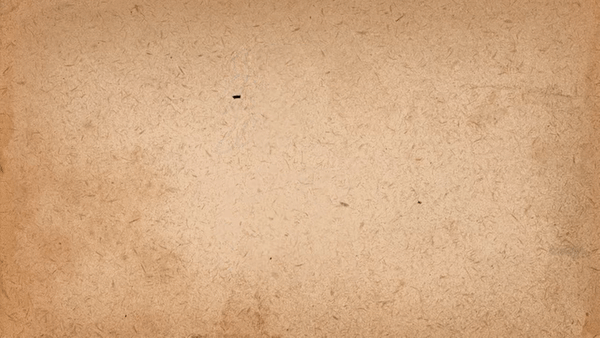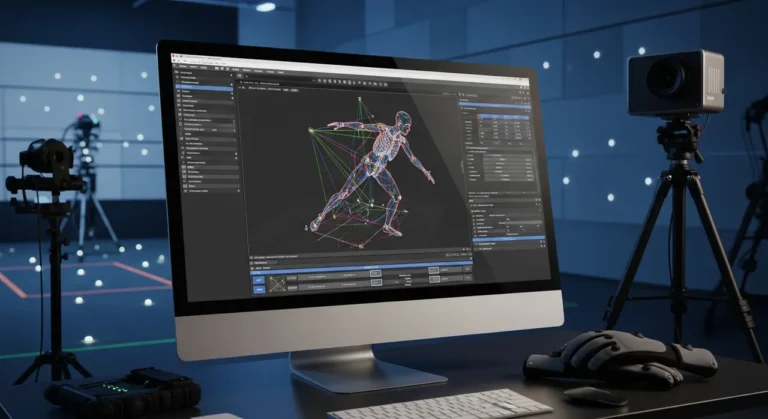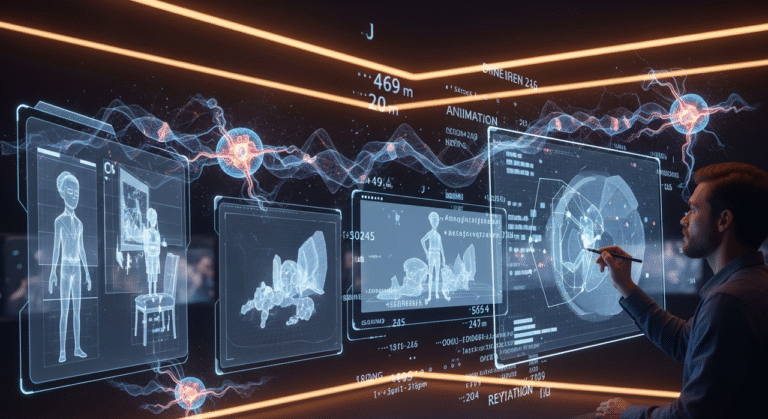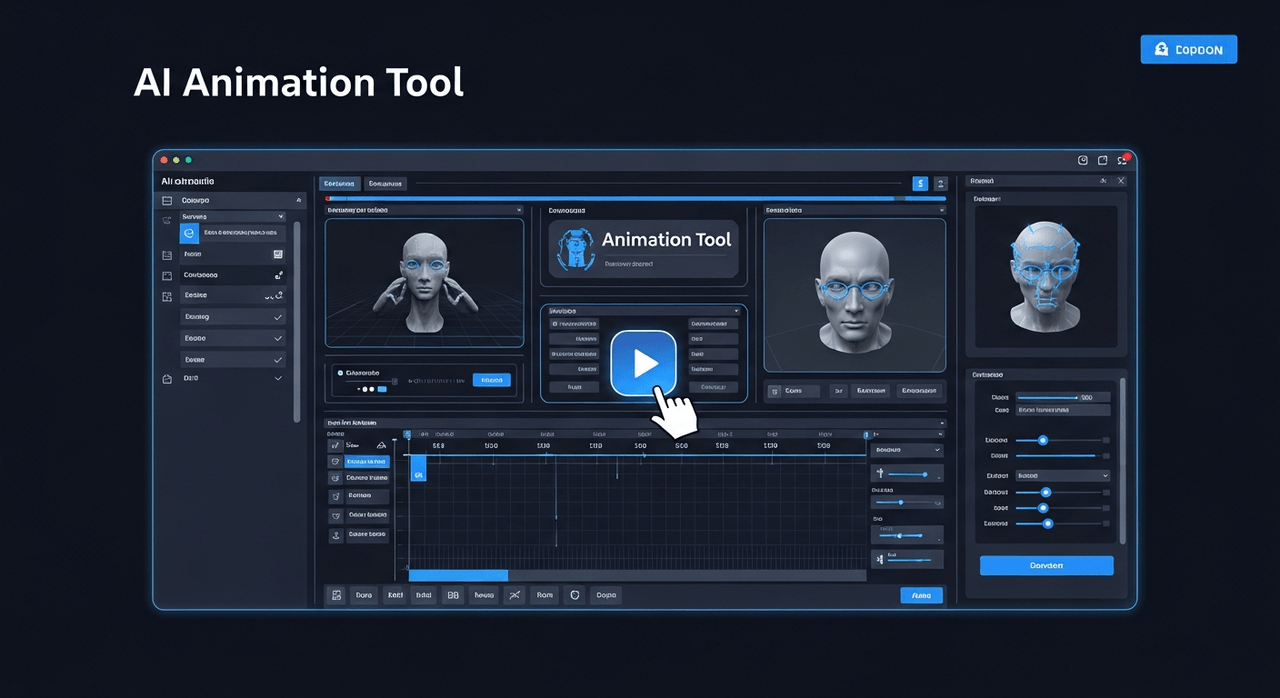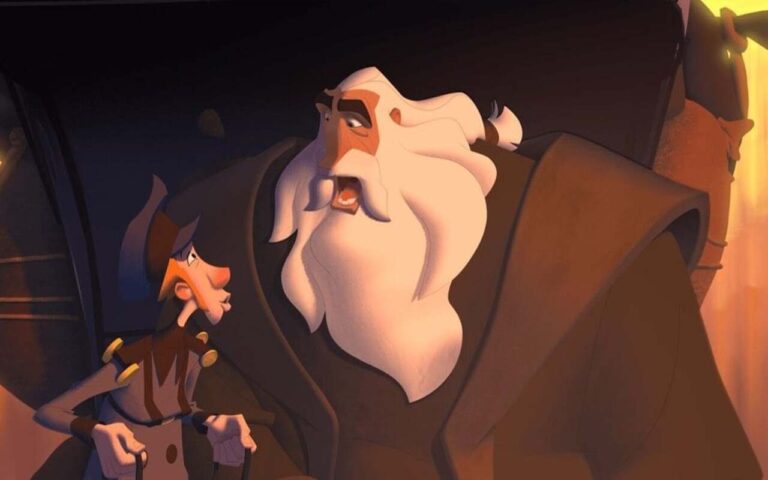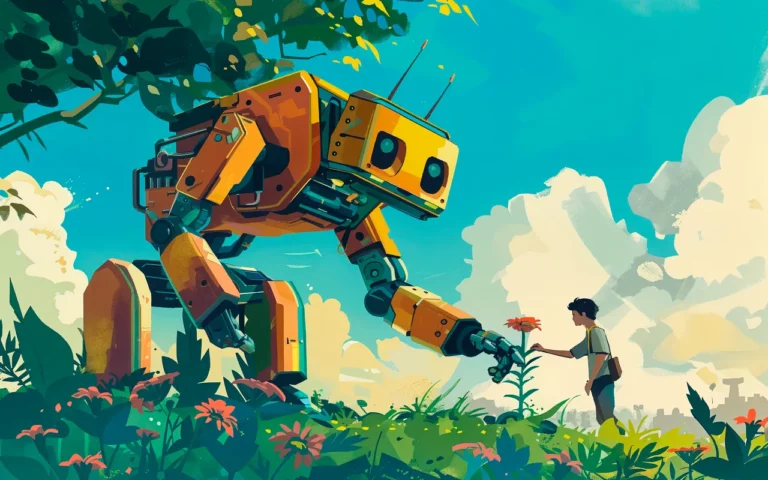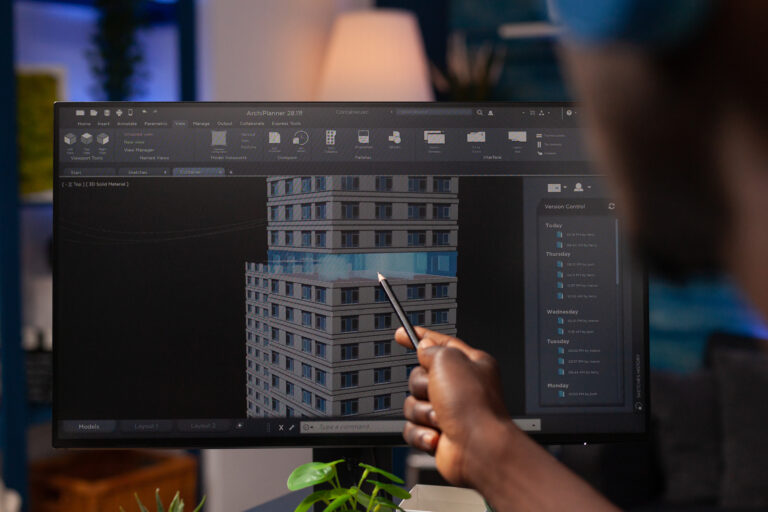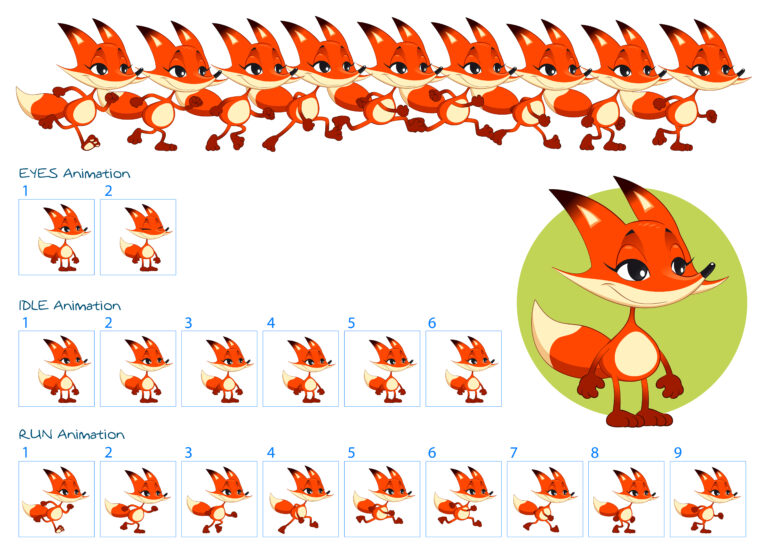Straight Ahead Action and Pose-to-Pose Animation represent two of the most significant animation principles, originally defined by Disney’s master animators and still fundamental in contemporary 2D, 3D, and FX animation workflows.
These methods dictate how animators approach animation services, plan motion, control animation timing, and communicate character acting. Straight Ahead generates organic, spontaneous movement, while Pose-to-Pose provides a clear framework, definition, and predictable moments for storytelling.
In this guide, we will explore these two methods, their benefits and challenges, how you can use them efficiently, and when they are most favorable.

Need Animation Services?
Visit our Animation Service page to see how we can help bring your ideas to life!
What Is Straight Ahead Action in Animation?
Straight Ahead action is a method of animation in which the artist creates drawings sequentially from the initial frame to the final one without predefining the significant narrative moments (Key Poses).
This technique inherently results in fluid, organic movement with natural variations in animation timing because each new frame is a direct reaction to the one immediately preceding it. It is frequently employed in FX animation for elements like fire, smoke, water, or fabric, as these motions are inherently unpredictable and thrive on loose, flowing execution.
Straight Ahead is also excellent for extremely energetic cartoon sequences where elasticity and spontaneity invigorate the characters. Though highly effective, it demands strong drawing proficiency and a keen grasp of motion to maintain spatial consistency across frames.
How Does Straight Ahead Look in Practice?
In a production setting, Straight Ahead often begins with a rough gestural or volumetric sketch that evolves organically with each subsequent frame. The animator actively develops movement arcs, spacing, and animation timing as the action unfolds, allowing unexpected but captivating moments to surface.
In 3D animation, Straight Ahead resembles continuous spline blocking, with no strict key pose definitions. This technique excels in sequences that require a chaotic, flowing, or improvised feel.
However, it requires constant diligence regarding form, perspective, and timing to prevent the animation from ‘drifting.’ For scenes that demand precise narrative synchronization or dialogue, straight-ahead can introduce unwelcome unpredictability.
What Techniques Enhance Straight Ahead Animation?
To make the most of a straight-ahead animation workflow, animators incorporate certain techniques into their frame-by-frame drawing approach:
Exaggeration
Exaggeration boosts the visual impact by pushing key poses, timing, or arcs beyond what is realistic. In Straight Ahead animation, it amplifies the inherent spontaneity and strengthens the visual energy.
Anticipation
Before any significant motion, animators incorporate anticipation to direct the viewer’s attention. Even within highly spontaneous sequences, anticipation prevents the motion from becoming pure chaos and ensures clarity.
Solid Drawing
A strong foundation in form, volume, and perspective (Solid Drawing) is crucial. Without these fundamentals, Straight Ahead frames risk inconsistent proportions or losing visual readability.
Appeal
Appeal makes the motion visually engaging through rhythm, clear silhouette, and personality. Straight Ahead relies heavily on this principle to transform spontaneous movement into memorable character acting.
What Are the Benefits of Straight Ahead Animation?
Straight Ahead animation excels in scenes that necessitate spontaneity, energy, and natural fluidity. It provides animators with the creative freedom to explore motion organically and discover unexpected yet charming results.
Key benefits include:
- Produces expressive, fluid movement that feels alive and dynamic
- Ideal for FX Animation and highly stylized art and cartoon physics
- Fosters creative discovery through exploratory drawing
- Introduces natural variations in timing and animation texture
- Allows for rapid ideation in initial passes
- Adds personality and unpredictability to performance
- Complements Pose-to-Pose Animation when layered as secondary or overlapping motion
What Are the Challenges of Straight Ahead Animation?
While highly expressive, Straight Ahead demands technical rigor and strong fundamental skills. Without a planned structure, the animation may lack clarity or drift off-model.
Key challenges include:
- More difficult to maintain consistent character proportions and stay on-model
- Animation Timing can drift without planned structural checkpoints
- Early frames are rigid to revise because every subsequent frame relies on them
- Storytelling intent may weaken without clearly defined Key Poses
- Requires high spatial awareness and Solid Drawing accuracy
- Typically necessitates more clean-up or timing adjustments
- Not suitable for precise acting or dialogue scenes
What Is the Pose-to-Pose Workflow?
Pose-to-Pose animation starts by planning the most significant storytelling poses; the key poses that establish the intention, rhythm, and emotional clarity. Animators then generate Breakdowns and in-betweens to smooth and refine the movement.
This approach is fundamental to character-focused 2D and 3D animation because it guarantees precise staging, controlled timing, and predictable action beats.
Pose-to-Pose allows production teams to collaborate effectively, review early motion blocking, and deliver consistent character acting across multiple episodes or sequences. It is the preferred method in film, television, and game art pipelines where clarity and structure are paramount.
What Tools and Techniques Support Pose-to-Pose Animation?
Contemporary animation software is structured around Pose-to-Pose workflows, helping animators plan, iterate, and polish efficiently.
Tools and techniques include:
- Stepped Curves blocking in Maya or Blender to prioritize clean, readable poses
- Spline Blocking refinement to smooth motion after key poses are approved
- Onion Skinning for monitoring arcs, spacing, and clarity in 2D
- X-Sheets in Toon Boom Harmony for organizing timing and breakdown control
- Reference footage for accurate acting and movement fidelity
- Animatics and storyboards for aligning poses with narrative flow
- Grease Pencil or 2D sketch passes for planning gesture and overlap before final polish
What Are the Drawbacks of Pose-to-Pose Animation?
Pose-to-Pose offers structure but can feel stiff or mechanical without meticulous refinement.
Common drawbacks include:
- Risk of mechanical-looking motion if spacing and arcs are not polished
- Less opportunity for spontaneous creative discoveries
- Requires substantial planning before expressive motion is achieved
- Adjusting a key pose may demand re-working breakdowns and timing
- Not suitable for chaotic or unpredictable motion like FX
- May constrain expressive exaggeration unless augmented with straight ahead layers
What Are the Benefits of the Pose-to-Pose Workflow?
Pose-to-Pose remains the dominant workflow in professional animation because it delivers reliability, clarity, and collaborative efficiency.
Key benefits include:
- Maintains consistent character silhouettes and proportions
- Ensures clear emotional and storytelling beats
- Allows the re-use of cycles, mirrored poses, and modular animation assets
- Supports predictable feedback loops between directors and animators
- Reduces rework by establishing intent before the polish phase
- Scales effectively across major productions with shared assets
- Offers flexibility for refining performances in iterative blocking passes
Straight Ahead vs. Pose-to-Pose: How to Choose?
Straight Ahead Action and Pose-to-Pose Animation are not rival workflows but distinct tools that fulfill different creative objectives.
- Straight Ahead emphasizes evolving motion and spontaneity, making it ideal for organic and energetic sequences.
- Pose-to-Pose depends on planned storytelling poses, guaranteeing clear structure, timing, and efficient collaboration within animation pipelines.
The choice between them hinges on the scene’s narrative requirements, complexity, and specific animation style.
Straight Ahead is best when:
- The shot requires unpredictable, organic, or fluid movement.
- FX Animation (smoke, water, fire, hair, cloth) must feel dynamic and natural.
- Exaggerated cartoon action needs lively, elastic motion.
- Unique performance choices emerge through spontaneous drawing and exploration.
Pose-to-Pose is best when:
- The shot demands clear storytelling moments or emotional character acting.
- Dialogue timing must be precisely synchronized with the audio.
- Character proportions must remain consistent across various shots.
- Teams require predictable feedback loops in a collaborative production environment.
Final Words
Straight Ahead Action and Pose-to-Pose Animation are fundamental principles that grant animators both structured control and expressive freedom.
Straight Ahead delivers fluidity and spontaneity, while Pose-to-Pose ensures reliability and narrative clarity. Mastering both methods and integrating them strategically enables animators to adapt to any shot, animation pipeline, or creative challenge.
Whether designing cinematic cutscenes for games, action sequences, or intricate character acting, these principles form the bedrock of professional animation craft.
